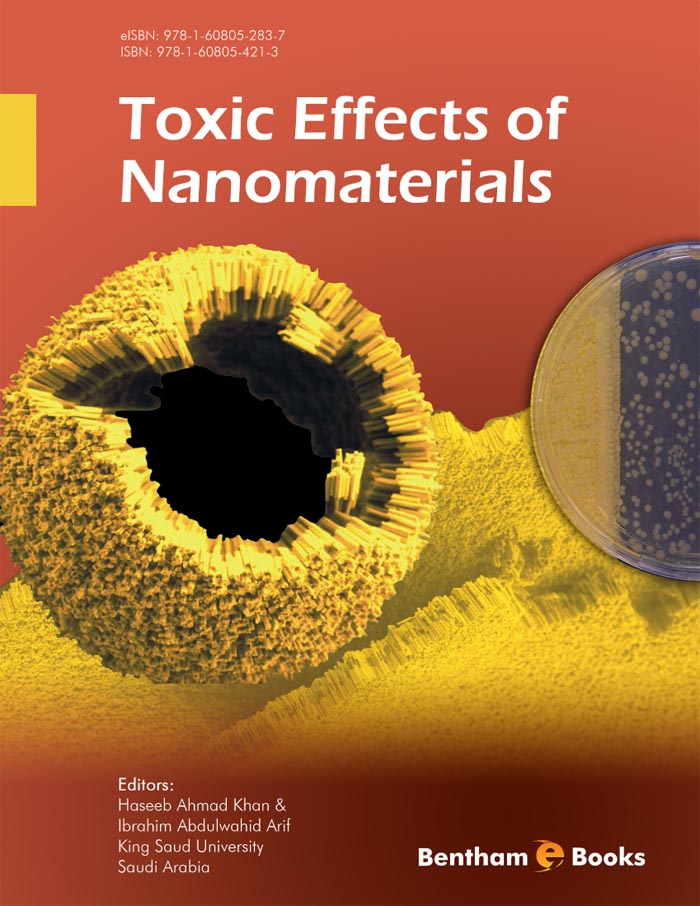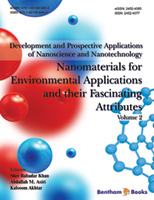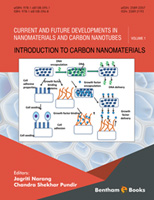Preface
This decade has seen revolutionary developments in the field of nanotechnology with newer and diverse applications of nanoparticles appearing everyday. Novel nanomaterials are emerging with different characteristics and compositions for specific applications such as cosmetics, drug delivery, imaging, electronic etc. However, little attention is being paid to understand, assess and manage the environmental impact and adverse effects of nanoparticles. Currently the information about the toxicity of nanoparticles and their environmental fate in air, water, soil and tissues is severely lacking. Inhalation, ingestion and dermal penetration are the potential exposure routes for nanoparticles whereas particle size, shape, surface area and surface chemistry collectively define the toxicity of nanoparticles. Several studies have shown excessive generation of reactive oxygen species as well as transient or persistent inflammation following exposure to various classes of nanoparticles. Increased production and intentional (sunscreens, drug-delivery, etc.) or unintentional (environmental, occupational, etc.) exposure to nanoparticles increases the possibilities of adverse health effects. Thus, the novel nanomaterials need to be biologically characterized for their health hazards to ensure risk-free and sustainable implementation of nanotechnology. Currently there are only a few books available in this specific area to cover toxicological aspects of nanoparticles. A reasonably priced, comprehensive book on nanotoxicology was therefore badly needed by the nanocommunity to clearly understand the subject and we tried fulfill their demand.
The present book "Toxic Effects of Nanomaterials", comprised of 8 chapters with 77 illustrations (60 figures and 17 tables), provides an authoritative work of international experts in the field of nanotoxicology. The most important feature of the book is a broad coverage of phytotoxicity of nanoparticles, which is largely neglected in many texts. The first two chapters of this book deal with the toxicity of nanoparticles in plants. The third, fourth and fifth chapters discuss the toxicities of iron oxide, titanium oxide and silicon oxide nanoparticles. The sixth chapter provides a comprehensive review of methodologies used in nanotoxicology. The last two chapters highlight the risks associated with the use of nanoparticles and the environmental impact of nanomaterials. Such a broad coverage of nanotoxicology renders this book highly beneficial to the scientists from multidisciplinary areas including nanotechnologists, toxicologists, pharmacologists, environmental chemists and biomedical scientists. This book would equally be useful for the individuals advocating for sustainable use of nanotechnology. We are thankful to all the eminent scientists who have contributed their chapters to this book. The publishing platform provided by the Bentham Science Publishers is gratefully acknowledged.
Haseeb Ahmad Khan
Ibrahim Abdulwahid Arif





